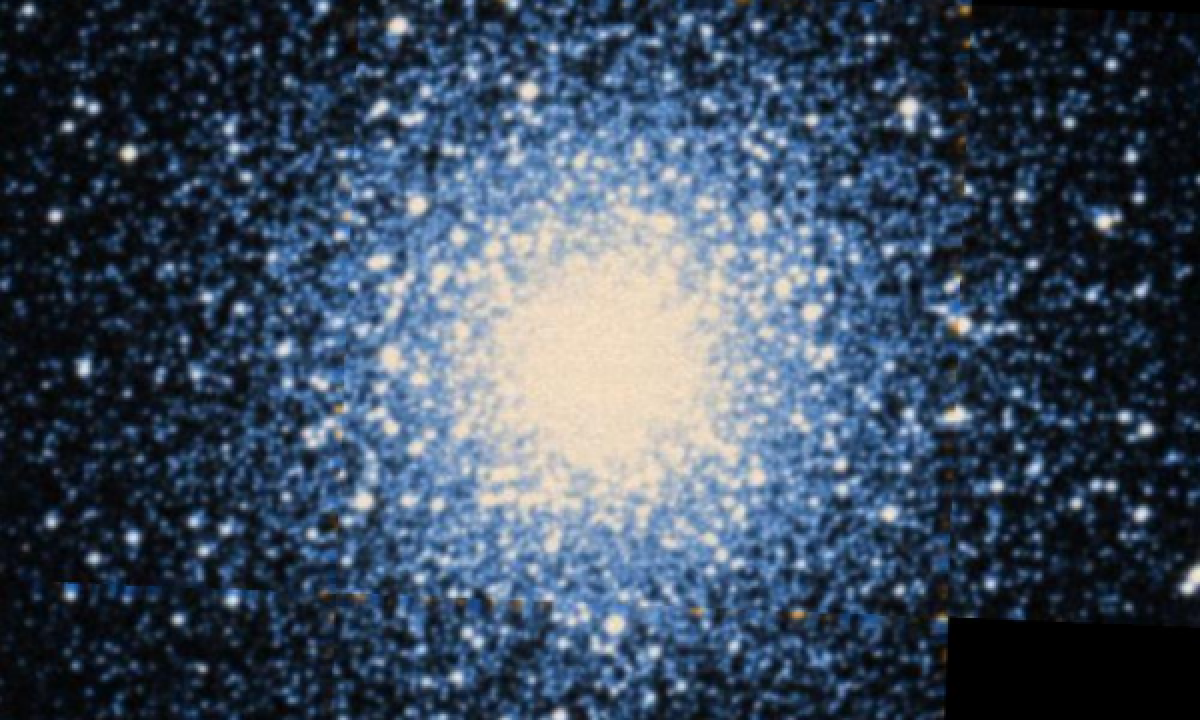The New General Catalogue of Nebulae and Clusters of Stars (abbreviated as NGC) is a catalogue of deep-sky objects compiled by John Louis Emil Dreyer in 1888. The NGC contains 7,840 objects, known as the NGC objects. It is one of the largest comprehensive catalogues, as it includes all types of deep space objects, including galaxies, star clusters, emission nebulae and absorption nebulae.
Know more about NGC
NGC 362

NGC 362 (also known as Caldwell 104) is a globular cluster located in the constellation Tucana in the Southern Hemisphere, slightly north of the Small Magellanic Cloud, to which it is completely unrelated. It was discovered on August 1, 1826, by James Dunlop. It is visible to the naked eye in dark skies, and is an impressive sight in a telescope, although it is somewhat overshadowed by its larger and brighter neighbour 47 Tucanae. The stars of NGC 362 have an average metallicity higher than the stars in most globulars. This implies that NGC 362 is a relatively young globular cluster. It also has an overabundance of binary stars, and an exceptionally tight core 13 light-years in diameter. The orbit of NGC 362 is highly eccentric, taking it to within 3,260 light-years of the Galactic Center.
More Images:

Sources:
Wikipedia Page: NGC 362
NGC 362 at In-The-Sky website
